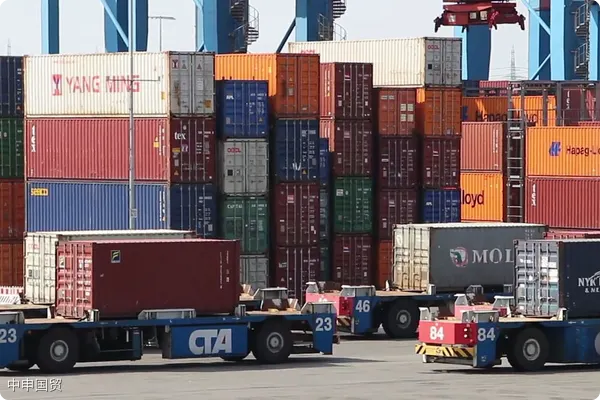- Shanghai Zhongshen International Trade Co., Ltd. - Two decades of trade agency expertise.
- Service Hotline: 139 1787 2118

Contents
ToggleSemiconductorEquipment ImportsThe new regulatory landscape being faced
Global Semiconductor Equipment Import Regulations in 2025 ShowcaseRefinement of Technical ControlsandStricter origin verificationDual trends. The latest U.S. BIS export control list has added 12 categories of wafer manufacturing equipment, the EU CE certification has introduced the semiconductor-specific equipment safety standard EN 50598-2025, and Mainland China has implemented an import filing system for equipment with process nodes below 28nm. Importers should pay special attention:
- Check on the Matching Degree Between Equipment Technical Parameters and Control List
- Application Scenarios for Mixed Rules of Origin from Multiple Countries
- Japanese-made lithography machines containing more than 10% of U.S.-manufactured components require dual reporting.
- The Dutch ASML equipment falls under Category III control of the Wassenaar Arrangement.
Key control points in the customs clearance process
The import of semiconductor equipment involves15 core processes, among which 3 key nodes are prone to causing customs clearance delays:
- Pre-classification dispute: There is a classification discrepancy for the HS code of lithography machines between 8486.20 and 8543.70.
- Compliance of Technical Documentation: Three sets of technical documents need to be prepared, including equipment structure diagrams, electrical schematic diagrams, and software architecture descriptions.
- On-site inspection response: Customs conducts 100% unpacking inspection on sensitive components such as vacuum chambers and laser generators.
Practical Guide to Tariff Optimization and Compliance Management
Differentiated strategies are recommended for different types of devices:
- Wafer fabrication equipment is prioritized under the ECFA Early Harvest Program.
- Packaging and testing equipment may apply for tax reductions under the "Catalogue of Industries Encouraged by the State."
- For the import of second-hand equipment, an equipment condition assessment report issued by Japan's JEITA or the U.S. SEMI must be provided.
Analysis of Typical Risk Cases
A Shenzhen-based chip company encountered customs clearance obstacles when importing etching machines in March 2025:
- Issue: The device software version is not within the scope of the import license record.
- Losses: Demurrage fees + daily penalty exceeding 20,000 yuan.
- Solution: Mitigate risks through segmented customs declaration + downgraded technical parameter reporting.
Value creation points of professional agency services
High-quality agency companies can help enterprises reduce23%-35%Comprehensive import cost:
- Establish a database of equipment technical parameters to predict regulatory risks.
- By utilizing the classification dispute resolution mechanism, the average tax reduction for successful appeal cases in 2025 was 14.7%.
- Connect with overseas equipment manufacturers to obtain original technical documentation.
Related Recommendations
? 2025. All Rights Reserved. Shanghai ICP No. 2023007705-2  PSB Record: Shanghai No.31011502009912
PSB Record: Shanghai No.31011502009912










